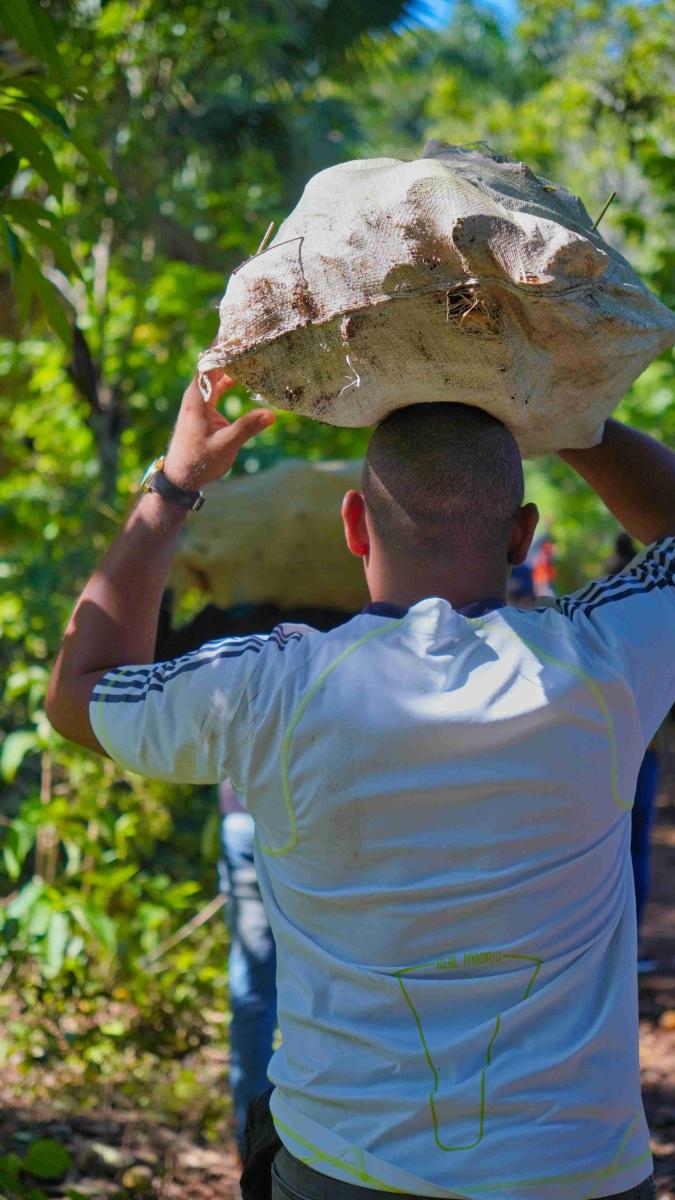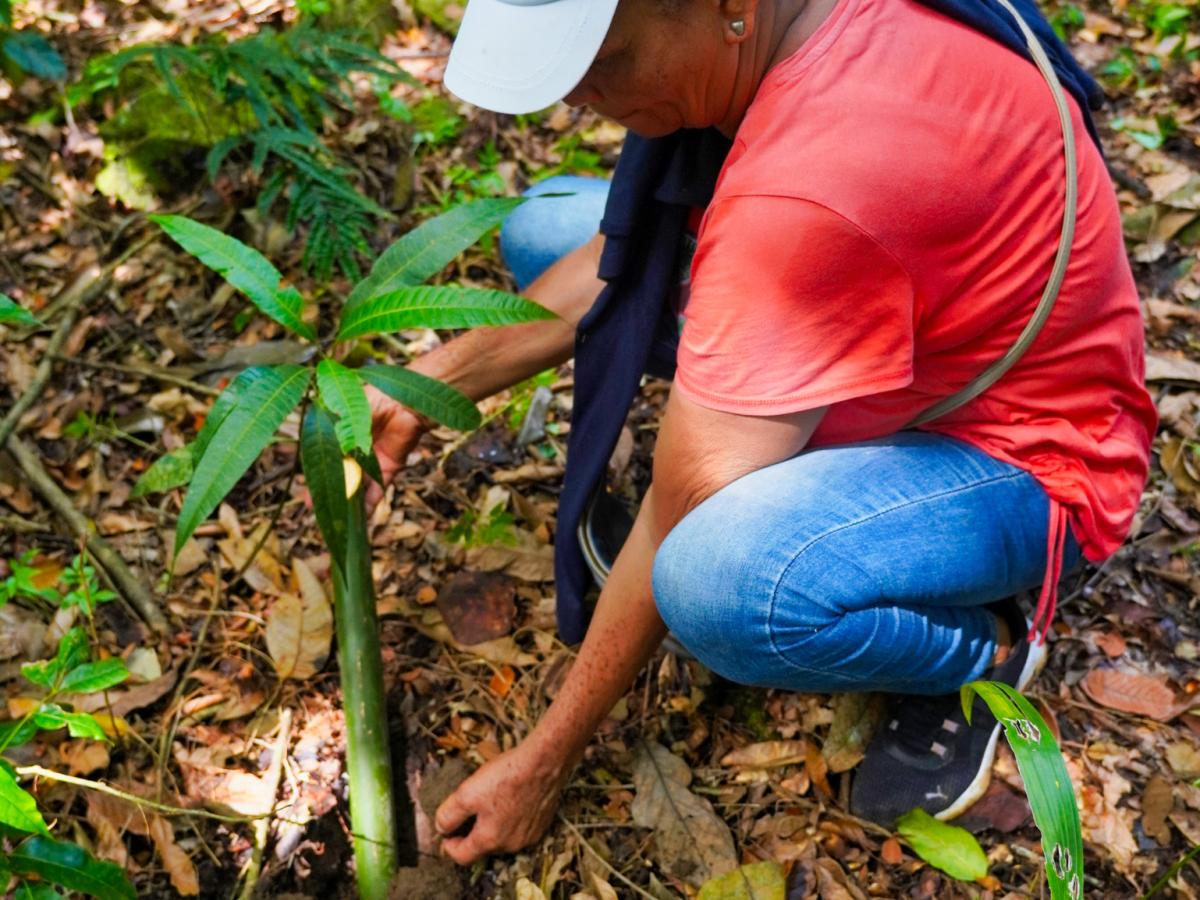Safeguarding the Massacre River through Reforestation

The Massacre River is key to the development of the communities in the Northwest of the Dominican Republic. It supplies water to four aqueducts in Dajabón and feeds other tributaries in the area. With a length of 55 kilometers (more than 34 miles), the Massacre River – also known as the Dajabón River – crosses two provinces in the Dominican Northwest: it originates in Loma de Cabrera, in the Province of Dajabón; and empties into the sea through the Manzanillo-Pepillo Salcedo community in the province of Montecristi.
Its waters are used for consumption, agricultural and livestock production, and domestic activities of the population that lives in the border region. The Massacre River is also part of the Dominican-Haitian border, as it has an eight-kilometer (4.9 mi) border with the Republic of Haiti, specifically in the Juana Méndez area.
In recent years, the Massacre River has reduced its water flow due to deforestation, massive clearing of the forest that surrounds it, and the removal of sand from the banks and river beds; all actions without criteria or subsequent reforestation.
José Gonel, community leader of the Dajabón area, recognizes the potential and importance of the river. He is an active member and Honorary Communications Manager of the Association for the Recovery and Development of the Massacre River (AREDECUMA), where he has worked tirelessly for six years to protect the river from possible threats and involve the community in caring for it.
Primary Text“We currently have 23 members who belong to the different communities of Loma de Cabrera and Dajabón” says José. “We are environmental professionals, farmers and community leaders. Our objective as a community organization is to support the protection of the Massacre River, since there is a critical situation in the basin of this river due to forest fires and the felling of trees.”
Secondary Text— José Gonel
José emphasizes the significance of the Massacre River as the primary source of life for much of the Dajabón province in the Dominican Republic. He has collaborated closely with USAID through the Communities Living Peacefully project, implemented by Christian Aid and the Montalvo Center, to safeguard the river.
With USAID support, six reforestation days were carried out by the Communities Living Peacefully project for two months in the upper basin of the Massacre River, where they planted bamboo plants: one of the species that contributes the most to the recovery of the river. The reforestation days have involved a joint effort of articulation with local authorities and members of the community, integrating the Dominican Ministry of the Environment and Natural Resources; the Dominican Agrarian Institute; and the Development Institute in the Northwest (INDENOR) into this process.
In the same way, the project has made it possible to reinforce the work carried out by our environmental protection brigade, where 20 people – who live in the area – participated. They have continued to monitor the plants planted in previous days. With the implementation of these reforestation days, the communities were very enthusiastic to participate and support, and AREDECUMA once again has notoriety before the authorities and other local organizations. As a result of the work AREDECUMA has been doing and the conferences they have carried out with the support of USAID, another organization – the Association of Absent Dajaboneros from Santiago – also requested to join in these initiatives.


José is delighted with the assistance and plans to continue working to support the environment around the river. “Personally, I feel happy to be part of this organization and much more empowered to get involved in new environmental projects in the area, such as one that I am designing to sensitize the youth population about environmental protection,” he says.
USAID will keep working with the Communities Living Peacefully project to develop and implement environmental protection actions to support the beautiful and rich habitat that surrounds the Massacre river. USAID will also strengthen the abilities of the communities close to the river to prevent and manage violent conflicts properly.
About this Story
Brenda Silverio is the Social Media and Multimedia Specialist at USAID in the Dominican Republic. Christian Aid also contributed to this story.

